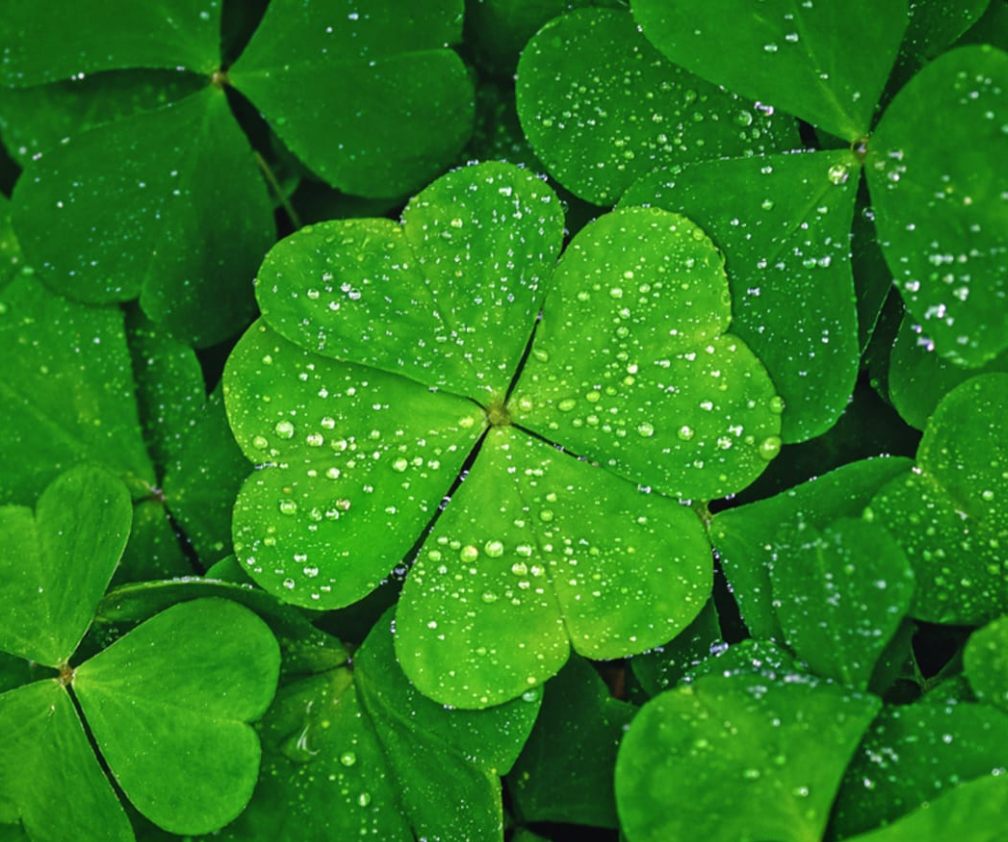Four Leaf Clovers : A Symbol of Luck, Mystery, and Personal Reflection
The four-leaf clover is among the most popular of lucky charms. It is so rare and precious, people have been fascinated by it for hundreds of years, and it is a cherished symbol of optimism, luck and good fortune. But it’s not just the seemingly superficial luck that’s involved with the four-leaf clover: there is more to it, and it’s culturally, even scientifically interesting. I’ll tell you about the history and meaning of the four-leaf clover in this essay, about my own experiences and thoughts, and share my expert tips for finding and conserving these lost sprigs.

The Evolution and Meaning of the Four-Leaf Clover.
The four-leaf clover is the product of centuries and cultures. Its history as a luck symbol goes back to ancient Celtic culture in Ireland. These Celts had the four-leaf clover as a magical plant according to the Druids, the Celtic shamans. They believed it would dispel the devils and ensure good fortune to those who found it. There was something in each clover leaf: faith, hope, love, the rare fourth clover leaf, luck.
Four-leaf clover can also be attributed to the Garden of Eden in Christianity. Legend tells us that Eve took a four-leaf clover with her as she left the garden in memory of paradise gone. The relationship only strengthened the clover’s role as an elixir of divine favour.
There is also a symbolism in the very rarity of the four-leaf clover. There is a widespread three-leaf clover (shamrock) but only one four-leaf clover per 5,000–10,000 cloveros. It is so rare that getting one comes across as something very different, like an enchanted event. No wonder it was that ancient people sowed so much meaning into this little plant.
Personal Experiences with Four-Leaf Clovers
I’d always loved four-leaf clovers, and I was little. I remember sitting in my grandma’s garden for hours, searching the grass desperately for that missing fourth leaf. My Irish grandmother used to recount to me the ways in which her ancestors believed in the four-leaf clover. She told me to keep looking and that if I could find one I would be lucky.
I spotted one one summer afternoon, after all this time. The moment was magical. I remember gripping the clover in my palm, and being amazed by its clean curves and deep green colour. I pressed it between the edges of a thick book to save it and it’s one of my favorite childhood objects.
I’ve found other four-leaf clovers since then, each time with the same awe and excitement. For me, looking for them has become meditation, a slow-driving exercise in nature’s beauty. It reminds us that sometimes, the extraordinary can be found in the everyday.
The Science Behind Four-Leaf Clovers
Four-leaf clover might be associated with magic and myth, but there is also a scientific reason why it is so scarce. That gene mutation that gives a clover four leaves instead of three is a result of variation. Even environmental factors – the kind of soil, the temperature and pollution – can contribute to the likelihood of this mutation.
And, oddly, some scientists have tried to breed four-leaf clovers in laboratory conditions. They can alter the genes in the plant or alter the growing conditions to increase the odds of four-leaf versions. This takes away some of the magic of hunting one, but it also reveals nature’s fascinating collaboration with science.
Professional Advice on Finding and Saving Four-Leaf Clovers.
If you’re dying to plant your own four-leaf clover, here are some professional tricks to make your luck better:
Know Where to Look: Four-leaf clovers grow best where clover plants grow tall. : Parks, meadows, even your backyard can help you get started.
Don’t Give Up: When it comes to spotting a four-leaf clover, it takes time and focus. So be slow and scan the clover patches for leaves shape and arrangement.
Look for Patterns: Instead of inspecting each clover one by one, search for patterns or omissions in the clover patch. The peculiar form of a four-leaf clover is something to behold when approaching from afar.
Save Your Finding: When you have a four-leaf clover you will need to save it. And the best way to do that is to rub it in between the spines of a thick book. : Sandwich the clover between two pieces of parchment paper to secure it, and wait for a few weeks. Once it’s dried, frame it or save it in a keepsake box.
Try Growing Your Own: You can start growing your own four-leaf clovers if you are really into four-leaf clovers. And there are companies that will sell you seeds or plants designed for four-leaf clovers. This is not as exciting as hunting one, but it’s a very enjoyable project.
The Four-Leaf Clover as a Paradigm for Life.
But as much as a luck symbol, the four-leaf clover is also a metaphor for life. For just as it takes time, effort and a little luck to get a four-leaf clover, so do many of life’s best blessings. It is just like the quest for a four-leaf clover, the quest for our dreams and goals. It tells us to stay hopeful even when things don’t look like they’re going our way.
The things I’ve discovered while scouring the world for four-leaf clovers apply in my life, and many others. Whether it is for a job, a relationship or whatever, the trick is not to quit, even if it is not easy. The four-leaf clover reminds us that sometimes, the nicest and best things in life are the ones we have to work for.
